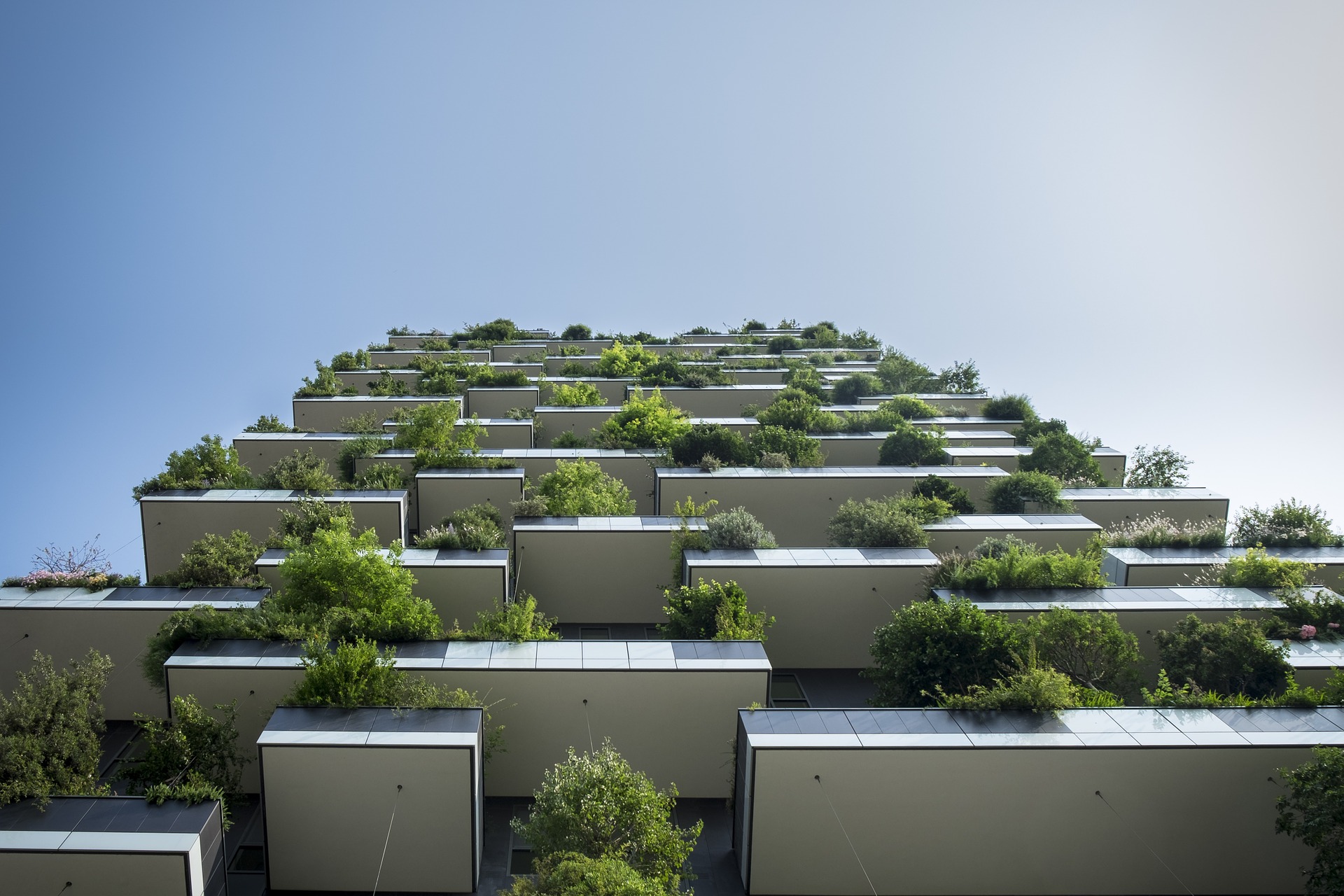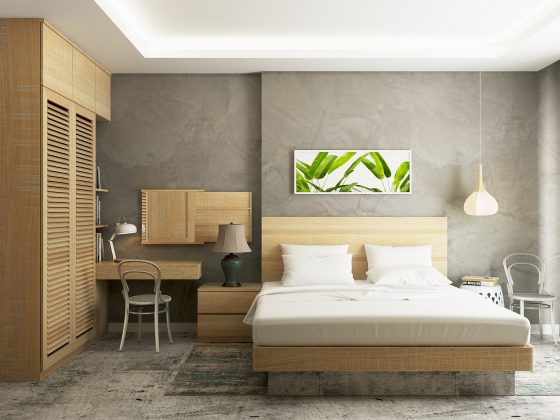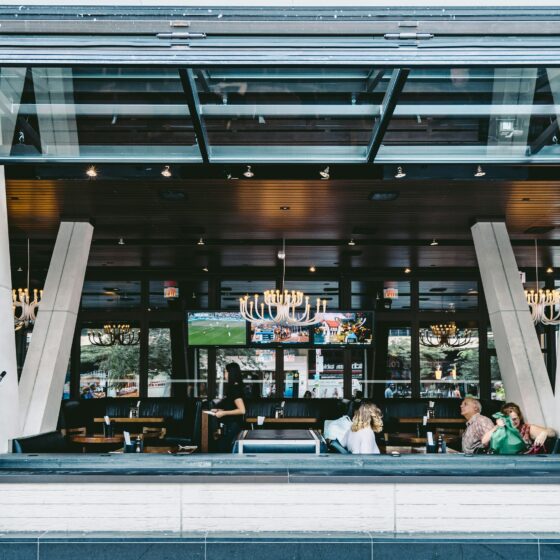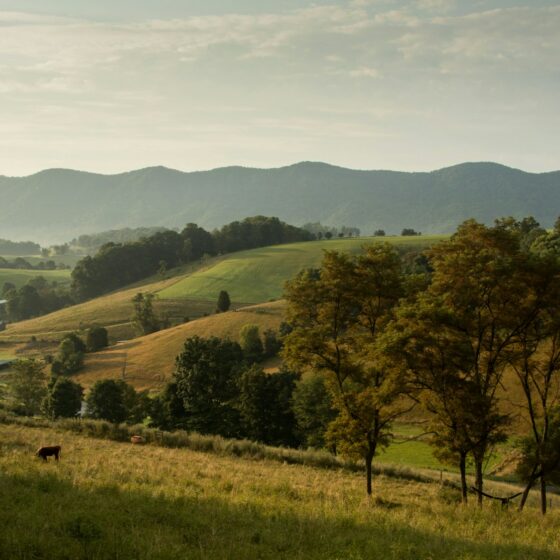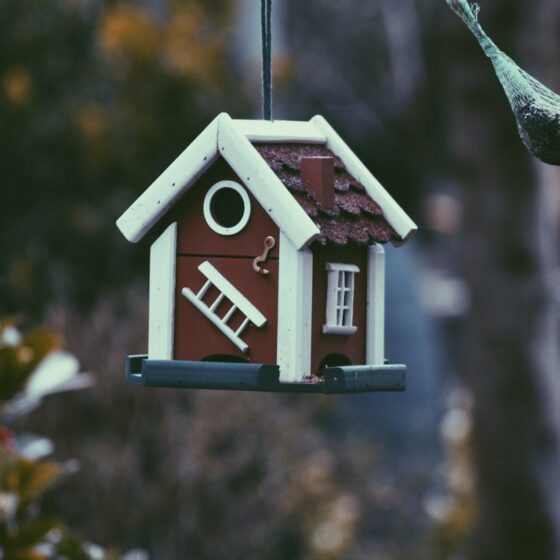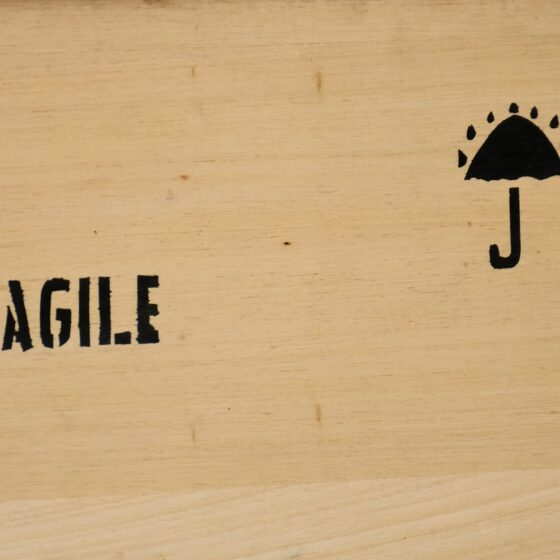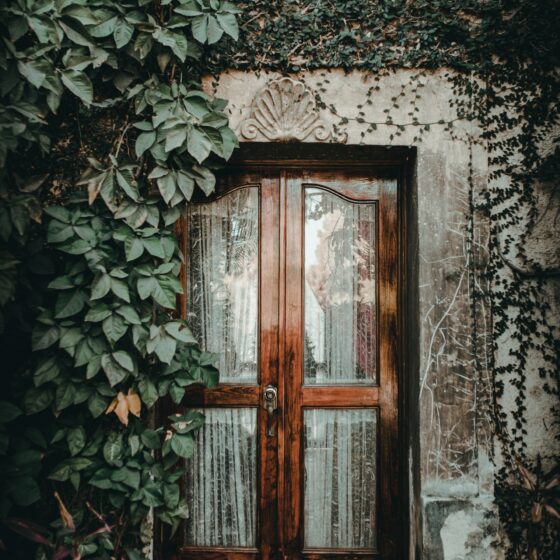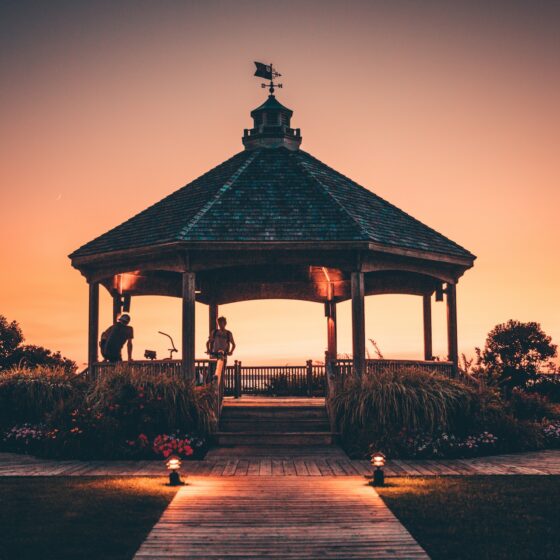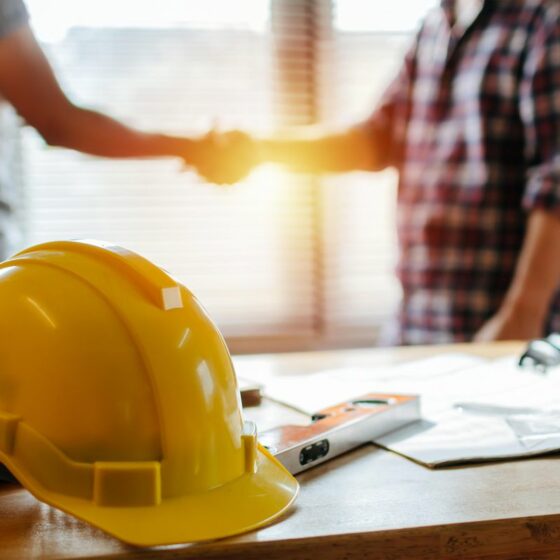Green buildings are, in essence, energy-efficient structures. However, not all green buildings are the same, nor do they serve the same purpose. A structure can be environmentally friendly in various ways, which is why the green building sector has an incredible potential to generate a positive impact on the climate.
Environmental consequences and concerns definitely lead the charge as they do for the growth of the solar industry worldwide. However, there are also health and economic factors driving the change toward green construction and green building. We bring to you some interesting green building statistics, facts, and the reasons behind the trend’s recent boom.
The Cream of All Facts and Statistics on Green Building
- The green building market in the US is expected to hit $99.8 billion by 2023.
- California’s Energy Efficiency Strategic Plan aimed at making all new residential construction in this US state zero net energy by 2020.
- 17.2% of green buildings in the US belong to the education sector.
- Green building industry statistics show that the global green construction materials market was forecasted to reach $1 trillion in 2020.
- Australian Green-Star-certified buildings produce 62% lower greenhouse emissions.
- The global green building industry has the potential to cut energy consumption by 50% or more by 2050.
- Green buildings achieve a 7% increase in asset value compared to non-green ones.
- Working in well-ventilated environments improves brain function by 101%.
- LEED Gold buildings have 19% lower maintenance costs.
- In the US, there has been a 19% increase in LEED-certified buildings since 2017.
US Green Building Market Statistics
Find out the latest green building trends in the US, the number of LEED-certified buildings, and more.
1. The green building market in the US is expected to hit $99.8 billion by 2023.
(GlobeNewsWire)
The North American green building market size is leading the green building transition market. In 2019, it held about a 29.1% share of the global market. Over the forecasted period of 2018–2023, the US market is expected to rise at a CAGR of 10.89%, with the residential market dominating this growth.
2. LEED-certified buildings in the US bring about 25% energy savings.
(World Green Building Council)
Lowering the energy consumption of construction projects is one of the incentives behind the transition to green building in the US. Such structures also use 11% less water than non-certified or non-green buildings. As a result, they reduce the amount of energy required to pump and treat the water, as well as the greenhouse gas emissions that are a byproduct of the process.
3. California’s Energy Efficiency Strategic Plan aimed at making all new residential construction in this US state zero net energy by 2020.
(Medium, US Green Building Council)
One of the most intriguing California green building statistics is that the state leads the green building share in the US square footage wise. In August 2019, it had over 46,252,746 sq. ft. of sustainable residential structures in the form of 39,296 buildings. Right behind California were Texas, with 24,598, and New York, with 10,876 certified residential units.
4. 17.2% of green buildings in the US belong to the education sector.
(Statista)
According to Statista’s data for 2015, the revenue brought in by the green construction of educational buildings in the US totaled $759.06 million. Though massive, the education sector was the third on the list. With 21.2% of green buildings and approximate revenue of $1.14 billion, the commercial offices’ sector was leading the US green building market share.
5. There has been a 19% increase in LEED-certified homes since 2017.
(US Green Building Council)
LEED-certified buildings classify as high-performance green structures. Compared to traditional housing, homes with a LEED certification require up to 30% less energy and are reported to allow a saving of up to 60%. With such convincing advantages, it’s no wonder that, in 2019, it was estimated there were over 400,000 of such residential units in the US and over half a million globally.
6. One Bryant Park is the first LEED Platinum-certified high-rise commercial building.
(Boon Edam)
One Bryant Park in New York City features waterless urinals, CO2 monitors, LED lighting, and even has its own sustainable-energy generation plant. Its LEED Platinum certification makes it one of the most energy-efficient structures. As far as sustainable building goes, the Bank of America Tower in Manhattan is known to be among the world’s greenest skyscrapers.
Global Green Building Statistics
China is the world’s leader when it comes to the number of green buildings. In this section, you’ll find more astonishing facts and stats about the green building industry worldwide.
7. The global green construction materials market was expected to reach $1 trillion in 2020.
(Medium, GlobeNewsWire)
According to MRFR, the global green building market is expected to rise by a CAGR of 10.26% over the period 2018–2023. By 2018, the growth in the sector created 3.3 million new jobs in the US alone. The rise in demand for green building materials is a testament to the industry’s potential growth.
8. Australian Green-Star-certified buildings produce 62% lower greenhouse emissions.
(World Green Building Council, Austrade)
Australia has over 12 million square meters of certified (or registered) green building space. Structures certified by Green Star in this country not only reduce the carbon emissions they produce but also waste 51% less potable water.
9. The global green building industry has the potential to cut energy consumption by 50% or more by 2050.
(World Green Building Council, Medium)
One of the most important green building statistics is that the building sector alone is responsible for about 40% of the primary global energy consumption. By building energy-efficient and sustainable structures, we can reduce our energy requirements by half. By doing so, we will get much closer to our goal to limit global warming.
10. Certified green buildings in South Africa decrease energy consumption and carbon emissions by 30%–40% annually.
(World Green Building Council)
There are over 500 buildings in South Africa with a green building certification, and the number keeps growing. Green structures in South Africa not only reduce carbon emissions but also save 20%–30% of potable water. The South African government intends to keep investing in sustainable architecture.
11. China has over 10 standards for green building development.
(Switzerland Global Enterprise)
In 2017, China’s Ministry of Housing and Urban-Rural Development (MOHURD) released a set of goals to achieve green and sustainable development by 2020. It set out more than 10 standards for green architecture, which cover the construction, design, operation, and retrofit stages of the building process.
12. Buildings certified by the Indian Green Building Council use 40%–50% less energy and 20%–30% less water.
(World Green Building Council, US Green Building Council)
The Green Building Council in India has been present for almost 20 years, since 2001. In that time, it has helped the country’s architecture turn more toward sustainability. Proof of the growth of green buildings in this country is that, at the end of 2018, India reportedly had 24.81 million gross square meters of LEED-certified space.
13. Green architecture could reduce up to 84 gigatons of CO2 emissions by 2050.
(World Green Building Council)
Undoubtedly, among the greatest benefits of this particular architecture trend is its role in reducing our carbon footprint and inhibiting the rise of global temperatures. This potential lies in sustainable structures’ energy efficiency, fuel switching, and consumption of renewable energy.
14. About 47% of industry respondents expected to make the majority of their projects green by 2021.
(World Green Building Council)
As per the green building global industry statistics elaborated in the World Green Building Trends 2018 report by SmartMarket, there’s an increasing inclination toward green building movements in the construction industry. More and more industry leaders globally express an interest in making at least 60% of their projects green or investing in renewable energy. For example, solar energy is high on the list of ways to create a greener building.
15. China is at the very top of the green movement.
(US Green Building Council)
The fact that China has the highest number of green buildings in terms of LEED-certified gross square meters is definitely among the most astounding green building facts. Mainland China has a total of 1,494 LEED-certified projects spread over 740.88 million square feet.
16. Just through its green façade, Bosco Verticale’s annual energy consumption reduction is 7.5%, not counting other features.
(World Green Building Council)
The vertical forest keeps the building noticeably cooler during the summer and warmer during the winter. It also reduces pollution in the atmosphere by providing 8 shrubs, 2 trees, and 40 bushes for each occupant in the building. The structure also promotes biodiversity, which is what inspires occupant satisfaction.
Economic and Health Benefits of Green Buildings
Here, we’ll be exploring all the financial and health benefits associated with green buildings.
17. Working in well-ventilated environments improves brain function by 101%.
(World Green Building Council)
Green buildings are characterized by improved air quality and lower CO2 levels. Another important aspect is their increased ventilation, which has many health benefits, including the improved cognitive function of people working or living in green space.
18. LEED-certified buildings reduce land waste.
(US Green Building Council)
Waste from landfill sites is a major issue because it places an undue burden on limited resources. LEED-certified projects alone divert over 80 million tons of such waste every year. That number is expected to increase up to 540 million tons by the end of 2030.
19. Green buildings achieve a 7% increase in asset value compared to non-green ones.
(Medium)
One of the biggest benefits of green buildings is lower operational costs. Sustainable structures feature up to 8% lower operational costs in the first year post-construction. The decrease in initial expenses to only 49% is also a motivating factor for people to go green.
20. They decrease strain on local resources.
(Green Built Alliance)
When it comes to negative green building statistics, many people state high initial costs as a reason against sustainable structures. However, in the United States, buildings alone account for 39% of energy use, 12% of water usage, 30% of landfill waste, and as much as 68% of the total electricity consumption. By investing in green structures, an efficient and sustainable infrastructure can be created that helps preserve the environment and valuable resources.
21. They also diminish sick building syndrome.
(EERE)
Sick building syndrome results in dizziness, fatigue, and irritation of the eyes, nose, and skin, as well as respiratory problems. One of the key green building facts is that these structures feature improved ventilation, which can reduce such health issues. They also help suppress asthma and allergy symptoms thanks to their lower concentrations of irritants and airborne allergens.
22. LEED Gold buildings have 19% lower maintenance costs.
(carlobattisti)
The economic benefits of green buildings are another major attraction motivating the transition. These structures not only encourage cost savings through reduced energy consumption but also boost occupant satisfaction by 27%. This could make it more affordable to rent in a green building. We’ll likely see green building trends increase for 2022 and going forward.
23. Green buildings inhibit the transmission of infectious diseases.
(EERE)
Reduced crowding and improved ventilation are essential features of green architecture, which can reduce the transmission of infectious diseases through airborne viruses. We can see the importance of reduced crowding in the following: a 1993 study showed that employees sharing an office are 20% more likely to develop a cold at least twice a year.
24. Better natural light in green buildings boosts job satisfaction.
(EERE)
Workers with access to windows display 25% to 30% higher satisfaction than workers with little or no access to sunlight. Better lighting also reduces glare problems, which in turn enhances productivity, according to research on green building structures. It also enhances the perceived quality of life, which induces positivity and boosts productivity in professional and residential settings.
25. The sense of belonging is among the primary motivators behind going green.
(Statista)
According to 2019 data, about 57% of US people transitioning to green architecture listed “sense of community” as a major reason for going green. Other green building stats fueling green remodeling requests included lower energy consumption (71% of respondents), lower operating costs (65%), and lower water consumption (35%).
26. Improved air quality increases productivity.
(National Geographic)
According to research initiated in 2015, doubling the amount of ventilation in an office space can increase worker productivity by $6,500 per employee. The cost of improving ventilation was only $14 to $40 per person annually. Improvement in air quality also implied financial benefits through improving employee health and fewer sick leaves.
Conclusion
Massive rural to urban migrations have brought about many concrete jungles, such as New York. They have also resulted in a rise in the costs of owning property in many countries, causing growth in the demand for smaller homes.
However, the demand for residential and commercial structures is still on the rise. Green building statistics leading up to 2022 clearly indicate that this demand includes more sustainable infrastructures.
FAQ
How many LEED-certified buildings are there?
There are around 96,000 projects that fall under LEED-certified buildings. These projects are spread out over 167 countries.
(Statista)
Are green buildings sustainable?
Yes, green buildings are more sustainable than regular buildings. By using renewable energy and working towards getting rid of negative environmental impacts, they are healthier for both people and the environment.
(World Green Building Council)
Is green building for homes in demand?
There’s a growing demand for green homes in the United States. It is estimated that around three-quarters of remodelers and builders in the US will be busy with green buildings that are meant to be lived in as homes, according to green building statistics.
(Go Prime Mortgage)
Sources:
- Austrade
- Boon Edam
- carlobattisti
- EERE
- GlobeNewsWire
- Go Prime Mortgage
- Green Built Alliance
- Medium
- National Geographic
- Statista
- Switzerland Global Enterprise
- US Green Building Council
- US Green Building Council
- US Green Building Council
- World Green Building Council
- World Green Building Council
- World Green Building Council

